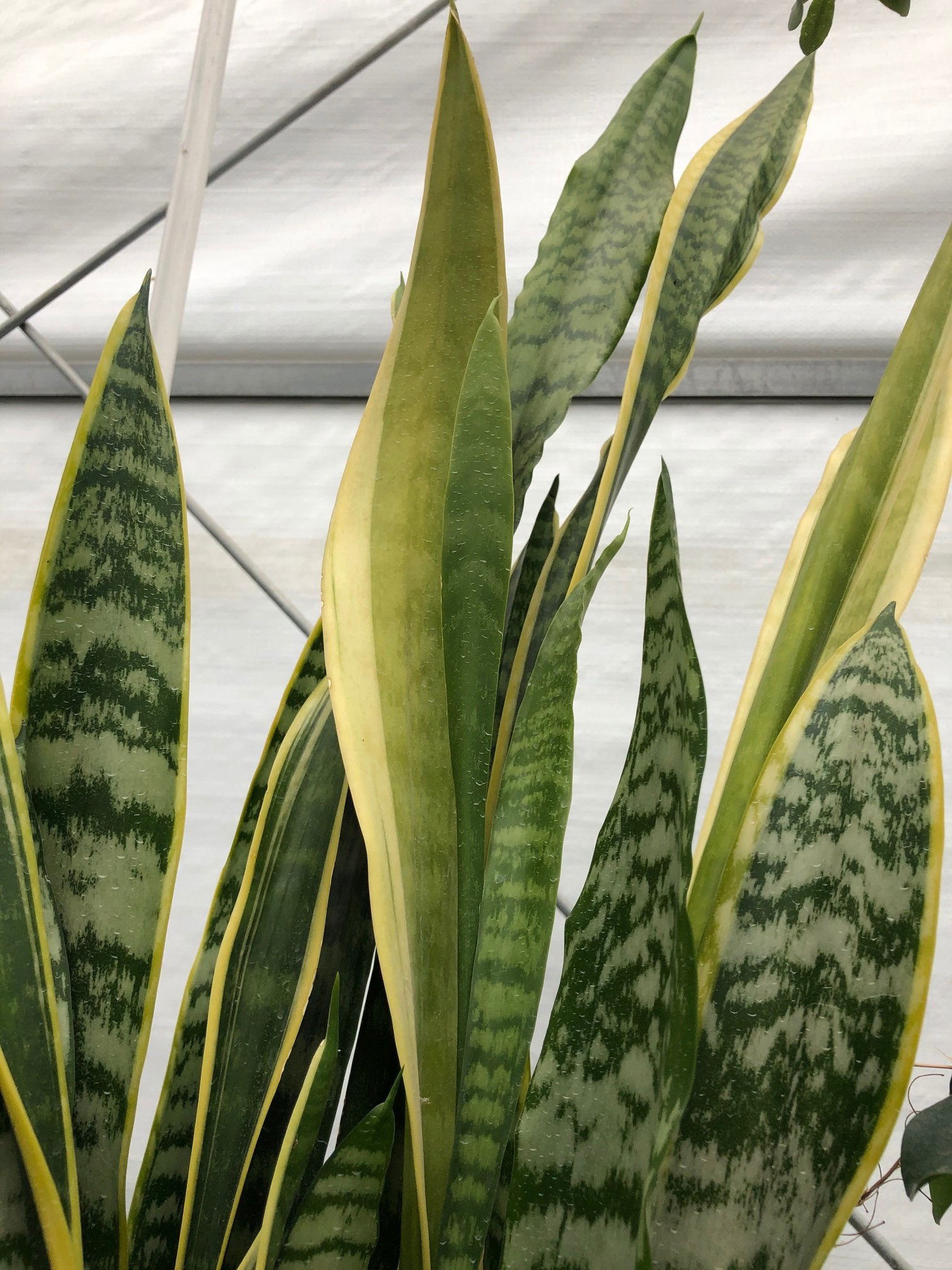Not known Details About Snake Plant Leaves Turning Yellow
Table of Contents7 Easy Facts About Snake Plant Leaves Turning Yellow ExplainedSome Known Incorrect Statements About Snake Plant Leaves Turning Yellow Snake Plant Leaves Turning Yellow - QuestionsThe smart Trick of Snake Plant Leaves Turning Yellow That Nobody is DiscussingLittle Known Facts About Snake Plant Leaves Turning Yellow.Some Known Details About Snake Plant Leaves Turning Yellow
Most signs and symptoms of origin rot aren't visible to the outside of a plant, other than for one indicator yellowing fallen leaves. When a snake plant has yellow fallen leaves, this is commonly an indicator of overwatering causing root rot. Snake Plant Leaves Turning Yellow. When yellow, the fallen leave is basically dead due to the fact that it's not obtaining any nutrients from the decayed originsIf the soil is bone completely dry, it's time to sprinkle the plant. Serpent plants in fact function best in clothes dryer conditions than wet ones, so you should just water your snake plant as soon as every 7-10 days.
Rather, the all-natural sunlight needs to be indirect. This implies that if your snake plant rests on a windowsill or surface that is constantly in the sunlight, this is most likely the reason for the yellowing leaves. Yellow fallen leaves indicate that the plant is melting from the sunlight, which then ultimately transforms brown and crispy.
Some Known Details About Snake Plant Leaves Turning Yellow
While you could think that a window develops a barrier to prevent direct sunlight, the glass in fact develops a magnifying result. The sunlight will then concentrate on specific components of the fallen leaves, causing burnt leaves. Putting home window blinds can substantially reduce the sunlight intensity! Home plants need uniformity to prosper.
Any kind of abrupt adjustments in these needs, specifically the temperature, can result in the stress of a plant. That's appropriate stress from extreme modifications in temperature leads to yellow fallen leaves. The major reason to stay clear of putting your serpent plant with consistent temperature changes is that it totally impacts the evaporation procedure.

The 2-Minute Rule for Snake Plant Leaves Turning Yellow
When over-fertilized, the plant food will do either points. It will certainly either melt the fallen leaves, triggering them to turn yellow, or it will absorb excessive moisture from the dirt. This will avoid the plant from taking in the dampness it needs to make it through, which essentially causes a dehydrated plant.
If you believe you may have over-fertilized your serpent plant, it's ideal to leave the plant alone for a couple of weeks to months.

Snake Plant Leaves Turning Yellow Can Be Fun For Everyone
I've seen my share of difficulties with the durable Snake Plant, consisting of the mystical yellowing of leaves. Let's dive into the different reasons behind this and just how to tackle them. Paradoxically, our great purposes can sometimes hurt our Serpent Plants. One common root cause of yellow fallen leaves is. Our very first perpetrator is something that may amaze you.
Think it or not, also our sturdy Snake Plants run out of their dietary supply after some time. When you first buy your Serpent Plant, it comes with a good quantity of nutrients in its potting mix.
Here's a handy guide for you: from the pot. for indicators of fungus. using sterile pruning shears. to the origins to avoid future fungal growth. For an extra extensive guide blog on repotting, look into our article on Snake Plant kingdom are tropical locals, and they like their temperature stable and cozy.
The Ultimate Guide To Snake Plant Leaves Turning Yellow
Freezing temperatures can harm the fallen leaves, and heats or heatwaves can speed up water loss and damage the proteins holding chlorophyll. When these healthy here are the findings proteins are damaged, chlorophyll declines, and the leaves turn yellow. To treat this, guarantee your Snake Plant is situated in a location in your house with more regular temperatures.
The option is easy: shift your Snake Plant to a pot with ample drainage openings. In my experience, the type of dirt you utilize for your snake plant is important.
Even the sun-loving snake plant has its restrictions. Extensive direct exposure to guide sunlight damages the cells of the leaves, causing. It's the plant's method of claiming it's had a little bit way too much sun! To ease this, move your snake plant to an area with. Your snake plant will certainly thank you for it.
More About Snake Plant Leaves Turning Yellow

Bugs and fungal infections can draw the sap from the fallen leaves, depriving the serpent plant of nutrients and triggering the leaves go right here to turn yellow. The remedy? Relate to manage the parasites and fungal infections. Below's a quick guide to do it: neem oil from a gardening shop. the neem oil with water following the advised ratio on the bundle.
Snake plant leaves are susceptible to yellowing if the plant is not well cared for. Healthy and balanced serpent plants have a yellow tinting around the edges of their wide, upright fallen leave blades.